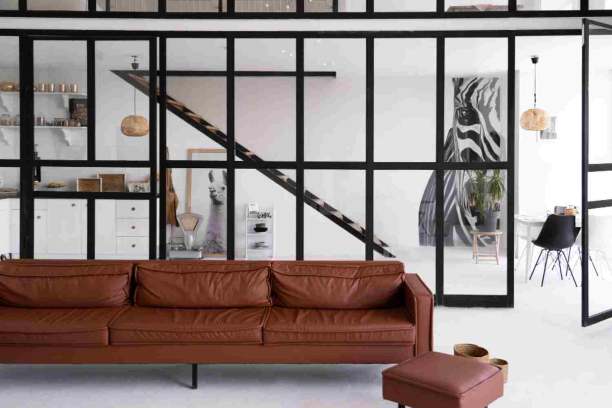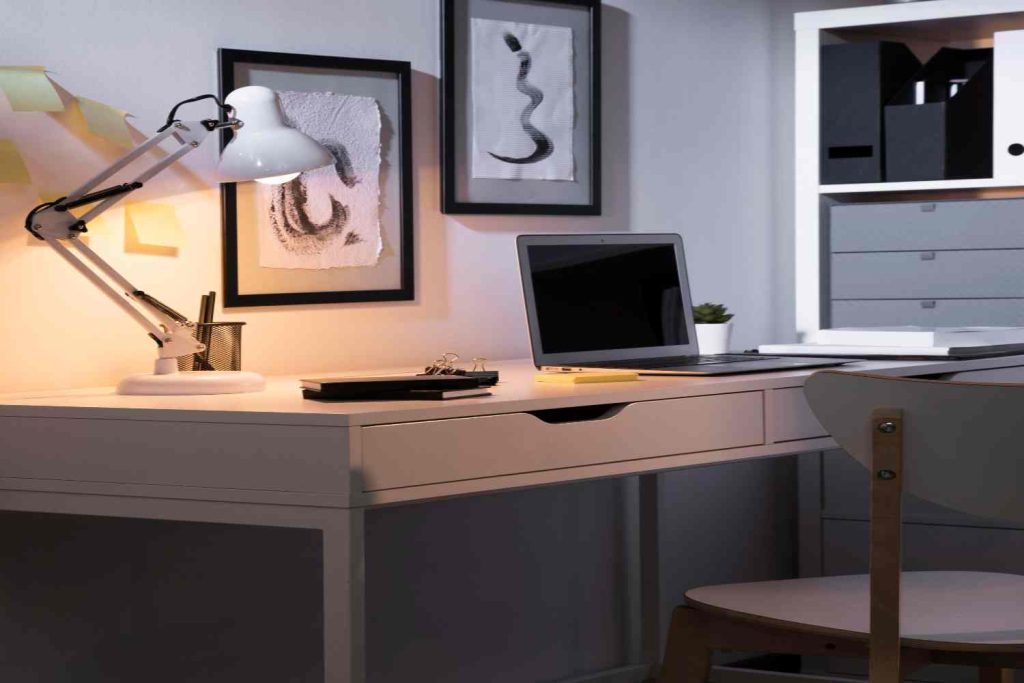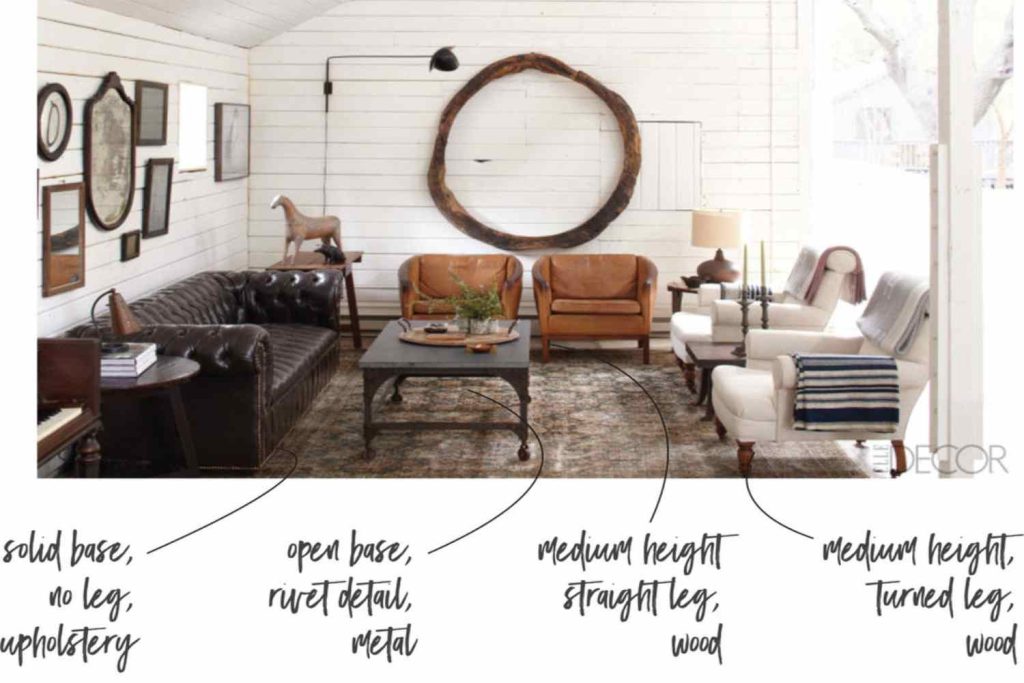
Embracing the Elegance of Transitional Interior Design
Have you ever been curious about transitional interior design? Perhaps you’ve heard of it but are unsure of its meaning. You’re not alone—many people are unfamiliar with transitional style interior despite its widespread use in American homes. The purpose of this post is to provide all the information you need to understand and appreciate transitional interior design.
The transitional style homes is an ideal choice for those seeking a blend of traditional and contemporary elements in their home design. It achieves a harmonious balance between classic aesthetics and modern functionality, combining a touch of elegance with convenient modern features.
What is Transitional Interior Design?

Transition interior design is a style that effortlessly blends the timeless appeal of traditional decor with the clean lines and simplicity of contemporary aesthetics. This versatile design approach creates a harmonious balance between old and new, resulting in spaces that exude both warmth and sophistication. In this article, I will explore the key elements and principles of transitional interior design, offering insights and inspiration for those looking to embrace this elegant style.
Ready to embrace the effortless elegance of transitional style? Here’s how to incorporate it into your own space.
- What is Transitional Style?
Definition: Transition interior design blends aspects of traditional design with elements of modern or contemporary design, resulting in a harmonious interior that pays homage to both timeless and contemporary aesthetics.
Transitional Style Prefers a Neutral Palette


Transitional home often rely on a neutral color palette to create a serene and sophisticated ambiance. Shades of beige, cream, taupe, and gray serve as the foundation, allowing the design elements and furnishings to take center stage. Introduce pops of color through accessories, such as vibrant throw pillows, artwork, or rugs, to add personality and visual interest to the space.
Timeless Furnishings
When it comes to furniture selection, transitional style home favors timeless pieces that exude both comfort and elegance. Opt for furniture with simple lines, smooth curves, and a combination of materials.
Upholstered chairs and sofas in neutral tones, complemented by wooden or metal accents, contribute to the transitional decor aesthetic. Avoid ornate detailing or overly elaborate patterns, as simplicity is key in achieving the desired look.
Transitional Style Favors Minimal Accessories

This home office exemplifies the minimalist style often seen in transitional style environments. It embraces a “less-is-more” philosophy by incorporating carefully chosen embellishments. These include a petite potted succulent, a silver-framed photograph, a chevron-patterned area rug with a subtle color palette, and black-and-white photos on floating white shelves.
These additions provide a touch of visual appeal without overwhelming the observer. Additionally, the white desk chair with chromed arms and the lacquered white campaign desk with chrome legs contribute an element of airy elegance to the room’s overall ambiance.
Pull Accent Chairs From Different Eras
Accent chairs can be a perfect option to add a classic touch to your home and enrich your seating area. If you’re looking to design a space filled with seating, you may need a handful of accent chairs instead of just one or two. When shopping for furniture, you can look for opportunities to balance modern and traditional styles.
By acquiring accent chairs from different periods, you can achieve the desired transitional interior design balance. This is a wonderful way to create variety and character in your home. For example, you can combine a Louis XVI-style chair with modern minimalism or revive a traditional setting with a mid-century style chair.

So, by acquiring accent chairs from different periods, you can achieve a transitional interior design balance in your home. Look for options made from similar materials to achieve a cohesive look, and complete your design by considering color and pattern. In this way, you can add character and variety to your seating area.
Pair Pieces With Different Legs
When contemplating a furniture item, our focus often revolves around its material and overall shape. However, it’s worth taking a moment to direct our attention downwards. The legs of a piece can offer valuable insights into how it will complement a room’s aesthetics.
Legs that are knobbier and bulkier tend to convey a traditional vibe, whereas sleeker and straighter legs give off a more modern impression. By ensuring a combination of furniture pieces with distinct leg styles, you can achieve a well-balanced furniture arrangement.
Accessories
When it comes to accessories, transitional design values quality over quantity. A few well-chosen pieces that reflect your personal style can make a significant impact. Combining vintage finds with contemporary artwork or sculptures creates a sense of curated eclecticism.
Fabrics
In transitional design, fabrics play a vital role in adding depth and comfort to the space. Textures like velvet, linen, and leather are commonly used for upholstery, while window treatments are kept simple with understated patterns or solid colors.
Lighting
Thoughtful lighting choices enhance the ambiance of a transitional interior design space. Incorporating a variety of lighting fixtures, such as chandeliers, sconces, and table lamps, creates layers of light that can be adjusted to suit different moods and activities.
Creating a Transitional Space:
To achieve a successful transitional design, follow these key principles:
- Balance: Strike a harmonious balance between contemporary and traditional elements. Avoid going too extreme in either direction to maintain the transitional essence.
- Simplicity: Embrace simplicity in both form and function. Streamlined furniture, uncluttered spaces, and a minimalist approach create a serene environment.
- Cohesion: Ensure that the design elements flow seamlessly from one area to another. Consistency in colors, materials, and finishes throughout the space ties everything together.
- Comfort: Above all, prioritize comfort. Transitional design aims to create a space where people can relax and unwind while enjoying the aesthetics.
Transitional interior design offers a timeless and elegant approach that combines the best of contemporary and traditional styles. By striking the perfect balance, incorporating simple yet sophisticated elements, and focusing on comfort, you can create a space that exudes serenity and effortless beauty. So, embrace the harmonious blend of old and new, and let transitional design transform your home into a haven of style and tranquility.







